Read Write Inc.
A Parent/Carers Guide to
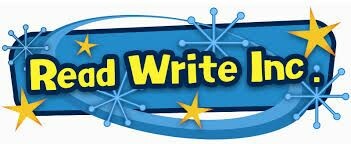
At Blue Coat Infant School, we use the Read Write Inc (RWI) programme to get children off to a flying start with reading. This page is designed to offer information about how you can help with your child’s reading development at home.
RWI is a phonic based approach to teaching reading. It involves children learning to read sounds and how to blend them together to read words.
RWI is a successful reading programme that enables every child to become a confident and fluent reader at the first attempt. It aims to teach all children to read at a pace that they are comfortable with.
Useful Documents
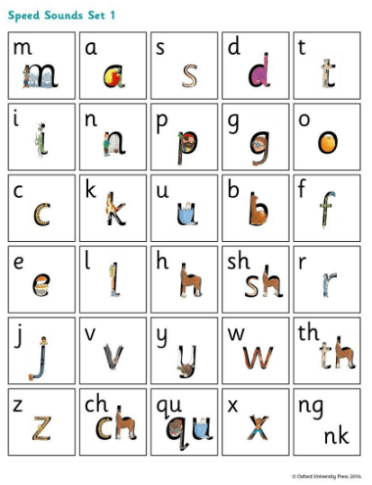
The children learn 44 sounds (speed sounds). These are the letter sounds and not letter names. The speed sounds are divided into small groups. Once your child has learnt all of the sounds in one group, they can move on to sound blending the letters in that group to read words.
For example, once your child has learnt to read the first 5 sounds: m a s d t they can then start to read words that include these sounds such as mat, sat, sad, mad, at etc.
Your child will then learn the next five sounds and be able to read words with a combination of the ten sounds. These words will be sent home as your child learns them.
Types of Sounds
Pure sounds
When teaching the speed sounds it is very important that you do no add an intrusive ‘uh’ to the end of the consonant sound. Try to pronounce them as pure sounds: ‘mmmm’ not ‘muh’, ‘ffffff’ not ‘fuh’ and ‘lllll ‘not ‘luh’.
This can be quite difficult to begin with but by ensuring only the pure sounds are pronounced, your child will find it much easier to blend the sounds to make words.
Set 2 Sounds
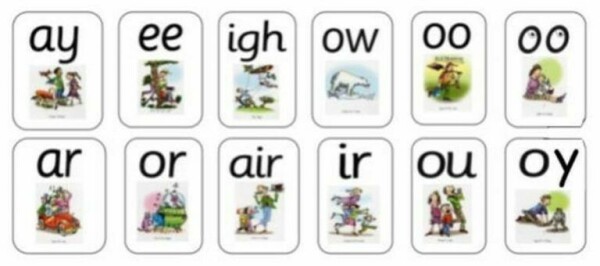
Set 3 Sounds
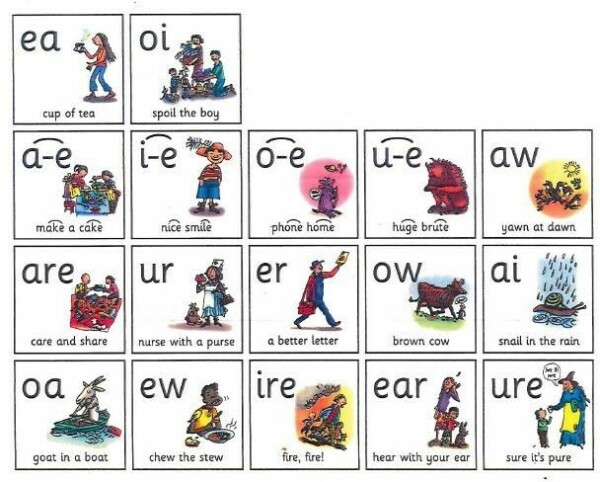
Pronunciation.
Bouncy and stretchy sounds
To help your child remember his or her sounds we say that some make a stretchy sound and some make a bouncy sound.
Stretchy sounds are said in one continuous sound, e.g. mmmmmmmmm as in mountain.
Bouncy sounds are said with a short sharp gap in between, e.g. d-d-d as in d-d-d dinosaur.
There is helpful advice at http://www.ruthmiskin.com/en/resources/read-write-inc-fresh-start-sound-pronunciation-guide/
Sound blends
Your child is ready to sound blend once they have learnt the first set of sounds and can say these in and out of order. In school we call this Fred Talk.
Fred Talk involves reading the sounds within a word for example c-a-t and then blending them together to read the word,e.g. c-a-t – cat; sh-o-p – shop; s-t-r-ee-t – street.
Red and Green words
Green words
Green words are words that your child will be able to sound out and then sound blend together, using the speed sounds they have learnt.
Your child will be able to read a book more easily if they practice reading these words first.
Red words
Red words are those words which contain spelling patterns that cannot be sounded out. Some of the most frequently used words in the English language have an uncommon spelling pattern and don’t sound like they look, for example, said sounds like ‘sed’.
Red words have to be learnt by sight. These words are printed in red in the story books. Learning to read the red words is a very important part of reading and one which you can help with at home.
There is a list of red words in this leaflet for you to practise with your child. A good way to do this is to put them onto small pieces of paper and use them as flash cards. When you hold up the word your child should be able to say the word. Please remember you cannot sound out all the sounds in these words as
some sounds are ‘grotty’!
Remember these words cannot be completely sounded out – they must be learnt by sight! The best way to do this is by ‘flashing’ the cards to your child in random order!
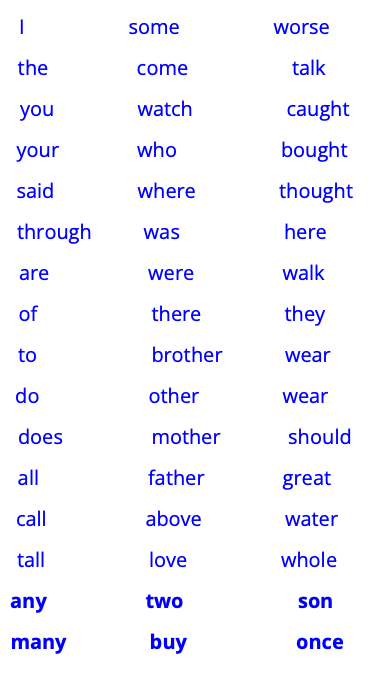
How can I use RWI and support with reading at home?
- Help your child to learn the speed sounds and the writing formation of the sound with the corresponding action
- Help your child read the short sentences (ditties) or the RWI storybooks we send home.
- Help your child learn the red words on the inside front cover of the book (these cannot be sounded out).
- Help your child to read the green words on the inside front cover of the book by sound blending (we call this Fred Talk in school).
- Talk to your child about the questions in the book and continue to talk about any books you share with your child at home. Remember, reading is about understanding the text as much as it is about reading it!
Reading Record Books and Planners
We would appreciate you recording your child’s reading in their planners whenever you read with them at home. These books will be checked in school once a week by an adult in school. An adult will also record when they read with your child in school.
Read with your child as much as you can!
If you have any questions, please feel free to ask a member of the Early Years or Key Stage 1 teams.
